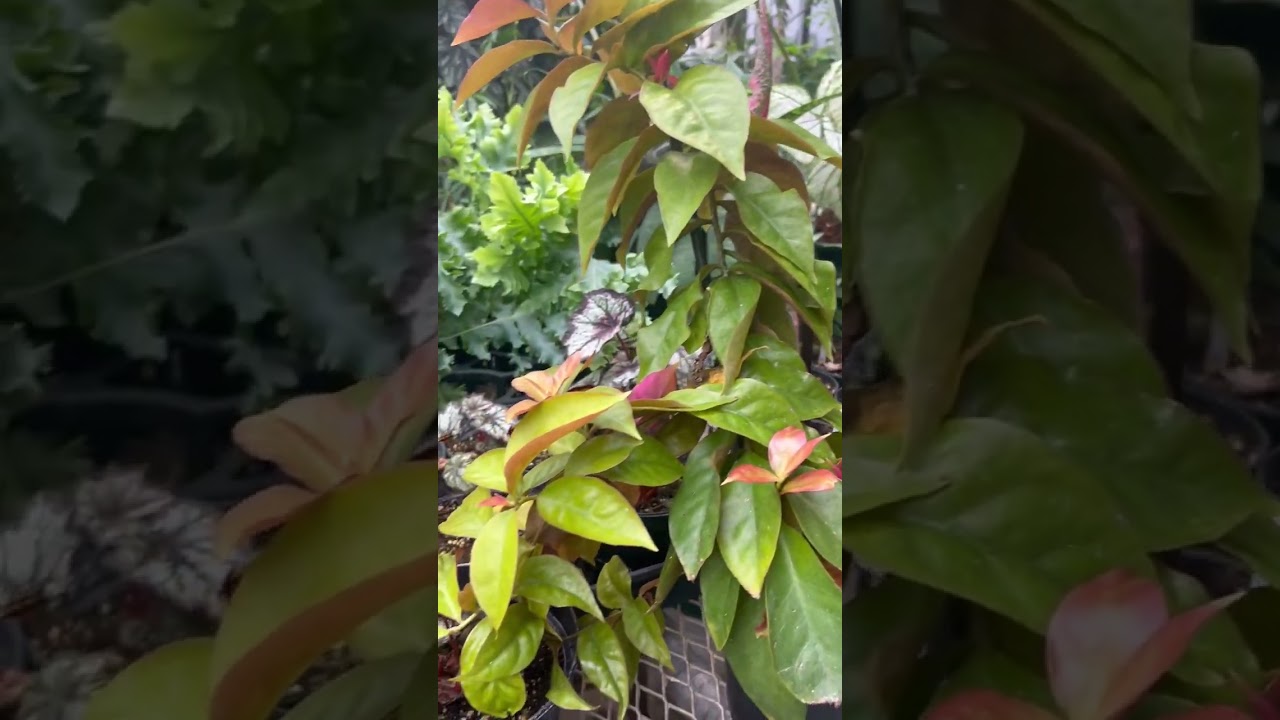– The significance of seasonal changes in zoo habitats, specifically the ENMAX Conservatory.
– The roles and responsibilities involved in preparing for “Spring is Coming” at the ENMAX Conservatory.
– Impact of educational programs during seasonal events on wildlife conservation awareness.
– The integration of botanical elements in animal habitats for enrichment and education.
Seasonal changes play a pivotal role in natural habitats worldwide, influencing various species’ behavior, reproduction, and survival strategies. This dynamic is mirrored within the controlled environments of zoo habitats, such as the ENMAX Conservatory, where the arrival of spring signals a period of renewal and transformation. The transition from winter to spring within the conservatory is not merely a spontaneous occurrence but the result of strategic planning and diligent effort by zoo professionals to simulate natural conditions that foster resident species’ well-being and natural behaviors.
The preparation for spring at the ENMAX Conservatory involves a series of steps undertaken by a dedicated team of zookeepers, horticulturists, and facility managers. This meticulous process begins with evaluating plant life within the conservatory to ensure it aligns with the nutritional and environmental needs of the animals. Horticulturists play a critical role during this phase, selecting plant species that will thrive in the conservatory’s conditions while providing an authentic and stimulating environment for the animals. Concurrently, zookeepers adjust the dietary regimens of animals to reflect the change in season, incorporating more fresh and varied food items that signify the abundance of spring.
Beyond the logistical and biological preparations, the ENMAX Conservatory significantly emphasizes educational programming during the spring season. This time of year presents an unparalleled opportunity to engage visitors with interactive experiences and information sessions focused on wildlife conservation. By showcasing the intricate connection between animal behavior and seasonal cycles, the conservatory aims to foster a deeper appreciation and understanding among visitors of the natural world and the importance of preserving it. Educational events may include guided tours highlighting the changes in animal and plant life, workshops on sustainable gardening practices that benefit local wildlife, and presentations by conservation specialists.
Integrating botanical elements in animal habitats is a highlight of the spring season at the ENMAX Conservatory. This practice not only enhances the aesthetic appeal of the exhibits but also serves critical educational and environmental enrichment purposes. By introducing various plants into animal habitats, the conservatory replicates the complexity of natural ecosystems, allowing animals to engage in behaviors inherent to their species, such as foraging, nesting, and territorial marking. This approach also offers visitors a more immersive and informative experience, illustrating the symbiotic relationships between plant and animal life.
Spring is Coming to the ENMAX Conservatory is more than a seasonal event; it is a testament to its commitment to conservation, education, and the well-being of the animals in its care. Through thoughtful preparation and a focus on creating authentic and engaging experiences, the ENMAX Conservatory models how zoos and similar institutions can play a proactive role in wildlife preservation and environmental stewardship. By bridging the gap between humans and the natural world, the conservatory provides a haven for its resident species and inspires visitors to become active participants in conservation efforts.
*****
Source Description
Thinking of becoming a snowbird after this week’s snowfall? We know the tropical paradise for you! 🌺
The support greenhouse in our ENMAX Conservatory was the perfect place to see some greenery on a snowy day and get excited for spring. We can’t wait to see these new plants in the gardens soon! 🌱
#YourZooYYC


